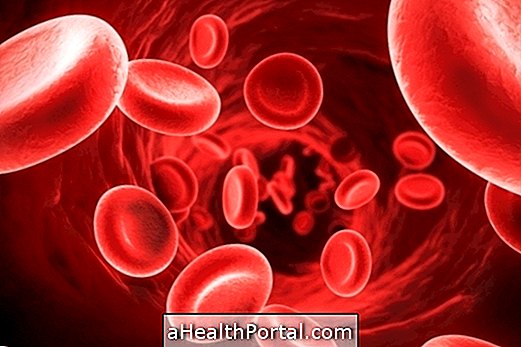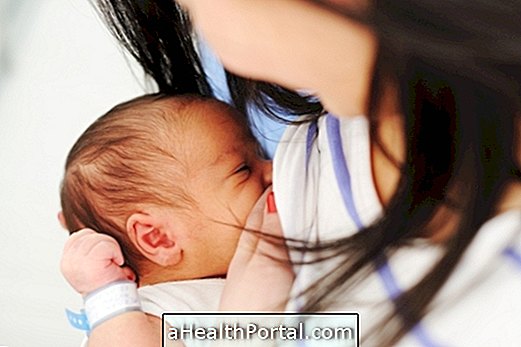In the BLW method, the baby eats food by holding everything by his own hands, but for this he must already be 6 months old, sit alone and show interest in his parents' food. In this method the kneading, soups and kneaded meals offered with the spoon are discouraged, although breastfeeding should be maintained for at least 1 year.
Learn how to get this method, what the baby can and should not eat and other questions about the BLW method - baby-guided feeding.
Top questions about the BLW method

What to do if your baby chokes?
If the baby chokes the natural there is the gag reflex, which will try to remove the food from the bottom of the throat alone. When this is not enough and the food is still blocking the breath. An adult should pick up the baby on his lap, facing forward and press his closed hand against the baby's stomach. this will cause the food to be withdrawn from the throat. See the step by step of this Heimlich maneuver.
To prevent the baby from choking on food, they should always be cooked so that they can hold it by hand without kneading completely. Chopping food into strips is the best way to prevent it from getting blocked in the throat. So the cherry tomatoes and the grape must not be cut in half, but vertically so that they are more elongated and can pass through the throat more easily.
How to give banana and other soft fruits in the BLW method?
The best way is to choose a banana that is not very ripe and cut in half. Then you should remove only part of the bark with a knife and give the baby the banana so he can hold the banana in the bark and get the barren part in his mouth. As the baby is eating, parents can go out with a knife. Do not peel the banana and give it to the baby because he can knead and spread the table, without eating anything.
In the case of other soft fruits like mango, it is best to choose one that is not very ripe, cut into thick slices and then cut into strips for the baby to eat, it is not advised to remove the peel and give the whole mango to the baby, because he slides and he may lose interest in the fruit or be very annoyed at not being able to eat.
Does the baby need liquids during meals?
ideally an adult should not drink more than half a glass of liquid at the end of the meal so as not to disturb the digestion, and so do the babies. One can offer water or fruit juice, but in small amount, and always after eating. Placing a cup for babies is the best way to ensure that it does not get all wet.
If the baby does not show interest in water or juice, it indicates that he does not need or thirst, so do not insist. Babies who will still be breastfed will remove all the liquid needed by the breast.

What if the baby makes a lot of dirt?
At this stage it is normal for the baby to take and knead all food with his hands, then put it in his mouth. Placing a plastic on the floor under and around the chair can be an excellent solution for not having to worry about the floor. Sitting the baby in a large bowl may be another solution.
When will the baby use silverware?
From 1 year of age the baby should already be able to better handle the cutlery, being easier for him to learn to eat the same foods cooked and cut into strips but pricking with the fork. Before that, the baby should only eat with his hands.
Can I start with breakfast, lunch and snack the same day?
There is no restriction on this, but for it to be a more natural process, one should only choose 1 meal, usually the snack, for the first week and see how the baby's reaction is. In the second week, you can add breakfast before or after breastfeeding, and from the 3rd week you can add one more meal.
How long does the baby take to eat?
It takes more time for the baby to eat the food he needs to 'chew' than if he just ate a soup or the baby, where he practically just needs to swallow. However, the BLW method is more natural, being guided in the rhythm that the baby chooses itself. In any case, parents should choose, and can only adopt this method at dinner or at weekends when they have more time, but this is not ideal because the baby may reject food or show no interest because his taste does not is being stimulated enough. As a rule babies who learn to eat vegetables from an early age have a healthier diet throughout life, having a lower risk of being overweight or obese.

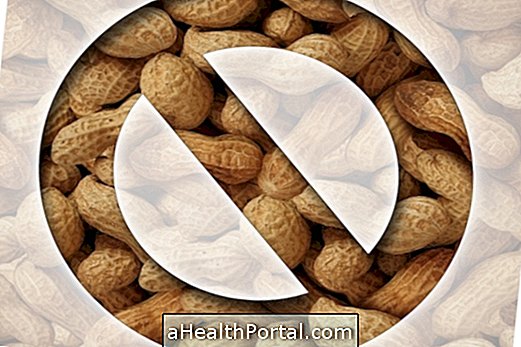

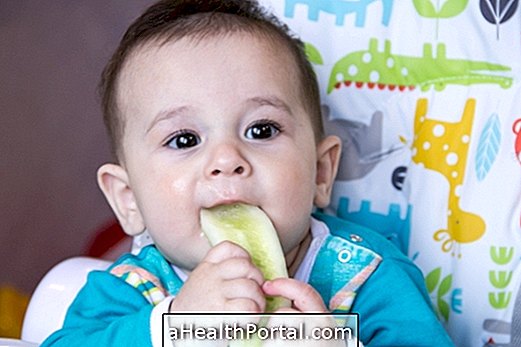
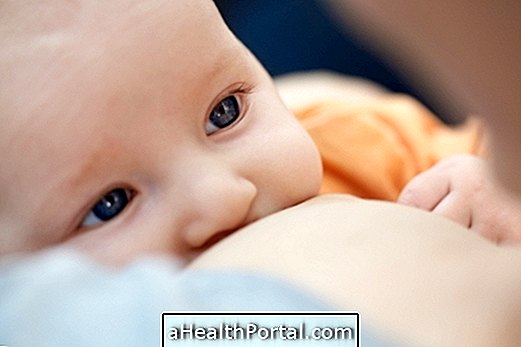


-o-que--sintomas-e-tratamento.jpg)




